I chose the iPhone 8 Plus instead of waiting for iPhone X and I don't regret it
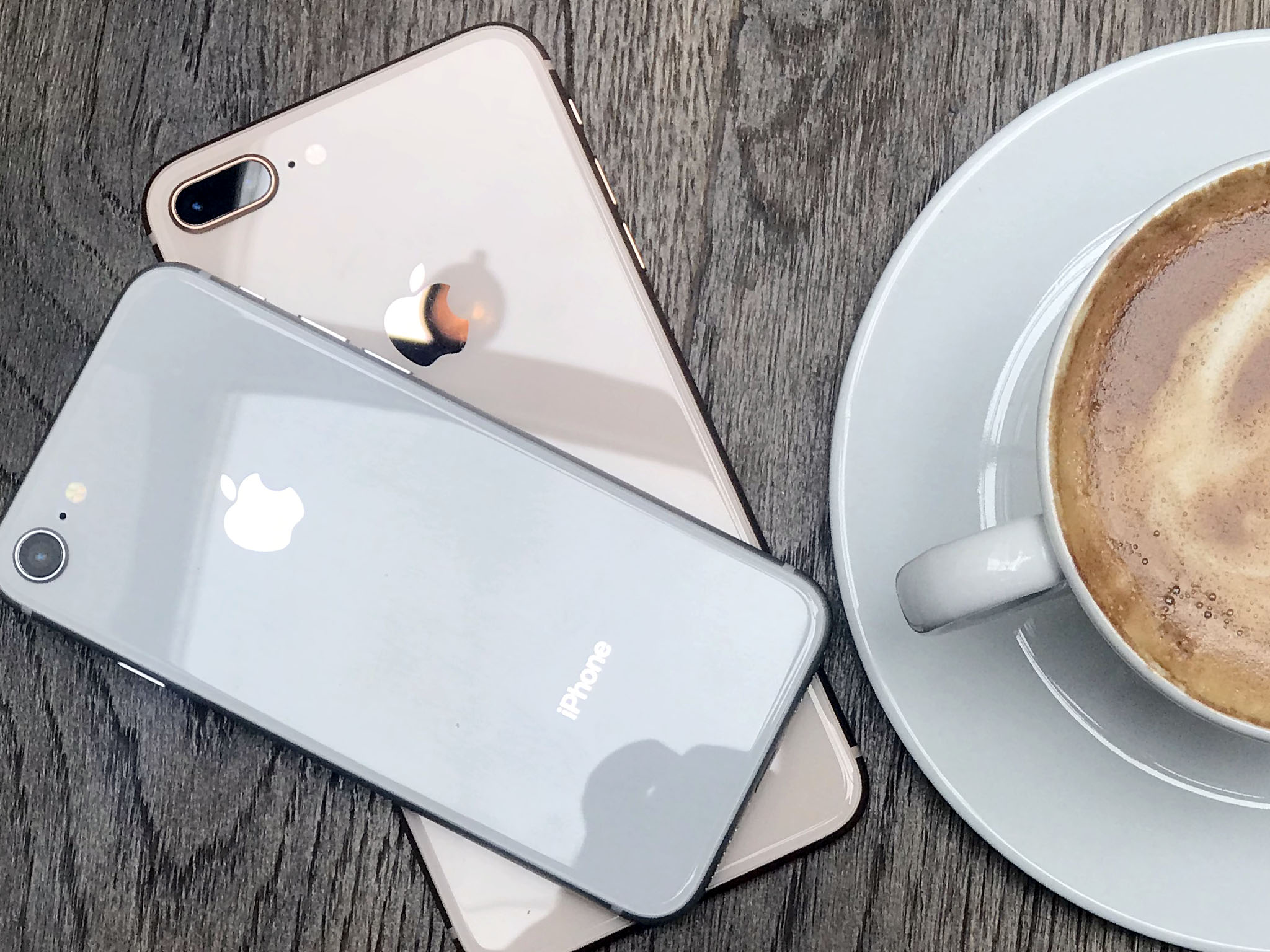
With all the frenzy around the iPhone X, it's almost easy to forget that Apple came out with the iPhone 8 and iPhone 8 Plus about a month ago, both of which are stellar phones.
It became pretty obvious when the iPhone X was announced that my iMore coworkers were very excited to try out Apple's latest and greatest (myself included); however, when the time came to order the iPhone 8 Plus or wait for the iPhone X, I chose the former. Now that the iPhone X is finally here, I am happier with my decision now than I was when I made it.
The same hardware where it counts
At the core of the iPhone 8 Plus and the iPhone X is the same A11 Bionic chip that allows you to glide through iOS 11 at lightning fast speeds. In fact, The iPhone 8 and iPhone 8 Plus both sport the same neural engine and embedded M11 motion coprocessor that the iPhone X packs. When it comes to the stuff that really matters — how fast the phone performs and how it's optimized for the newest iOS — the iPhone 8 is identical to the iPhone X.
Of course, there are some differences in the cameras that are worth taking into account. The rear telephoto lens on the iPhone X has a ƒ/2.4 aperture whereas the iPhone 8 Plus only sports a ƒ/2.8 aperture. It's a very small difference that the majority of users (myself included) will not notice. It does mean that Portrait Mode photos in low light situations will turn out better on the iPhone X, but the iPhone 8 Plus is more than adequate in low-light situations for the average consumer. The addition of Portrait Selfie mode on the iPhone X doesn't appeal to me, because it only really looks awesome when it works.

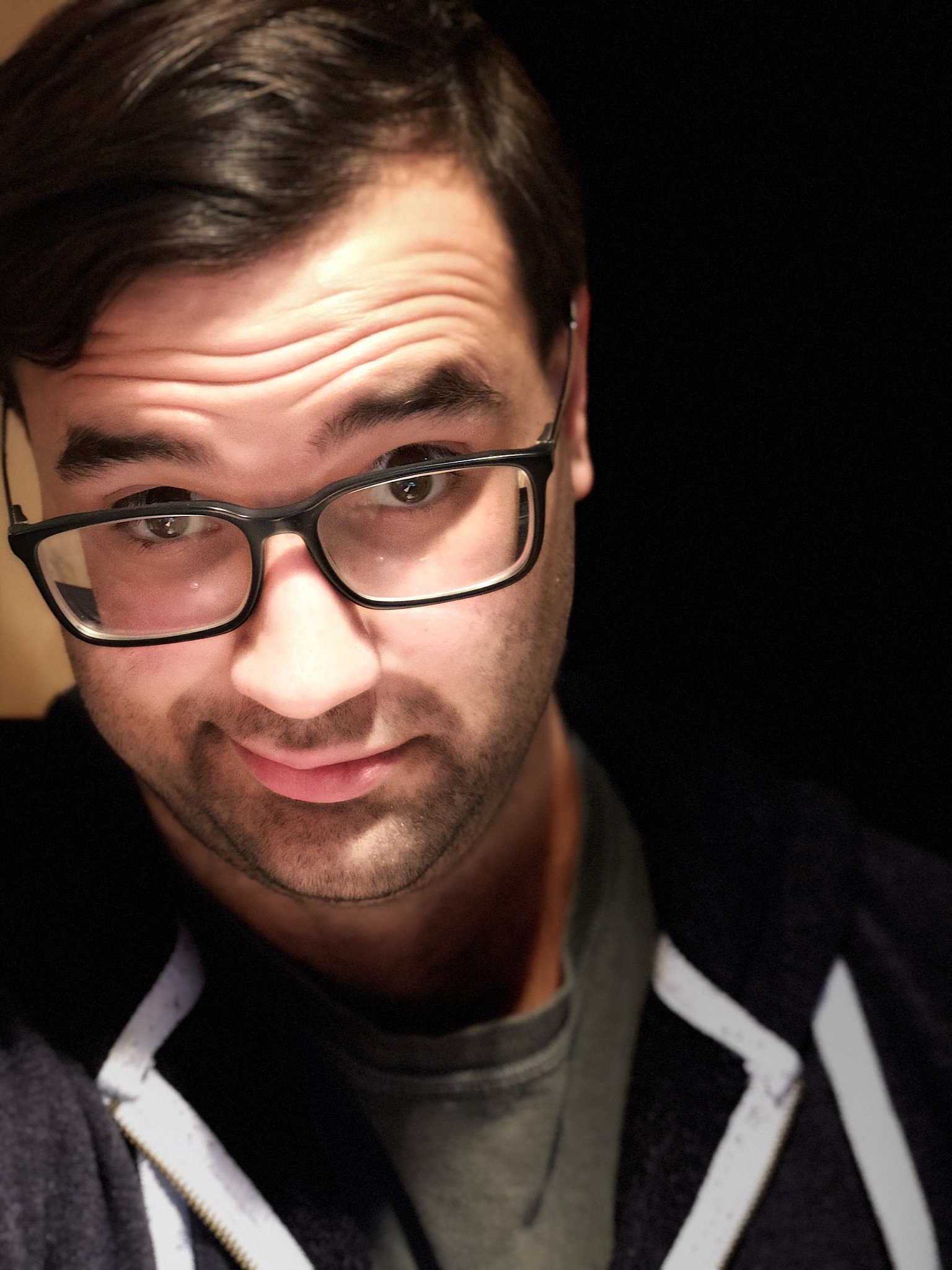


As you can see by the photos above, I have used the Portrait Mode and the Portrait Lighting effects on the iPhone 8 Plus a bunch of times and in my experience, the results can vary. In ideal conditions Portrait Mode photos can look absolutely amazing; however, some inconsistent lighting or a weird angle can really mess up how the photo turns out.
I'm by no means a professional photographer and perhaps in the hands of a skilled individual, Portrait Mode may be better than my personal experience. Regardless, Portrait Mode and Portrait Lighting effects are an added bonus on a great camera, not the reason I'm going to buy a new phone. That may mean I'll have to manage shooting my Portrait Mode selfies with the rear camera on my iPhone 8 Plus, but I'm ok with that.
I'm not interested in Face ID
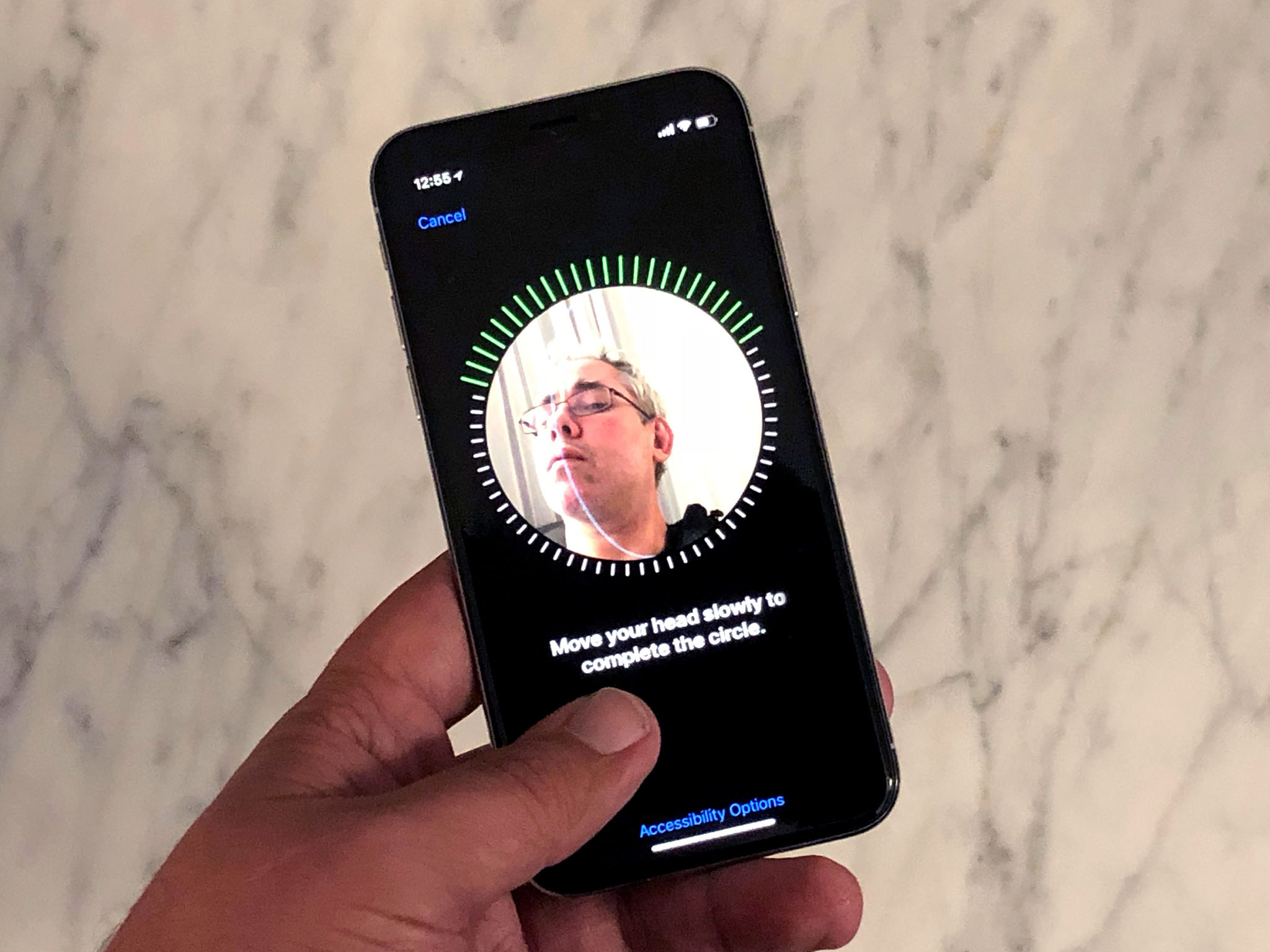
No, it's not because I'm worried scans of my face will end up in the wrong hands, that Apple will sell my face to advertisers in the future, or that my evil twin may be able to break into my phone without me knowing. It's because I don't consider it to be any more convenient than Touch ID.
Master your iPhone in minutes
iMore offers spot-on advice and guidance from our team of experts, with decades of Apple device experience to lean on. Learn more with iMore!
Touch ID is marvelous, and in my personal experience has been fast and reliable 99.9% of the time, and while all the early indications of Face ID, even from Rene Ritchie's review are praising its accuracy and speed, it has its limitations.
With Face ID, you can only store one face, unlike with Touch ID where you can have up to five fingers programmed. This means Face ID won't allow you to share your iPhone when you need to, at least for now. The idea of sharing your iPhone with someone may horrify some of you, but my significant other has a finger registered on my device and it has made my life easier in many instances. If my hands are otherwise busy and I want to look something up, message a friend, or check the actors of the show we are currently watching, I can easily have my partner do it for me. Before you start yelling at me about how Siri can do all those things, you try and get Siri to send a message to your Mom that dinner is going to be late when you have oven mitts on, you're cooking Thanksgiving dinner, guests are talking to you and the smoke alarm is going off. Siri just isn't feasible in every situation, whereas manual control always works. If I had to deal with Face ID in this situation, I would need my partner to grab my phone and hold it up to my face. I would then need to look at it intently for it to open while I'm trying to focus on other things.
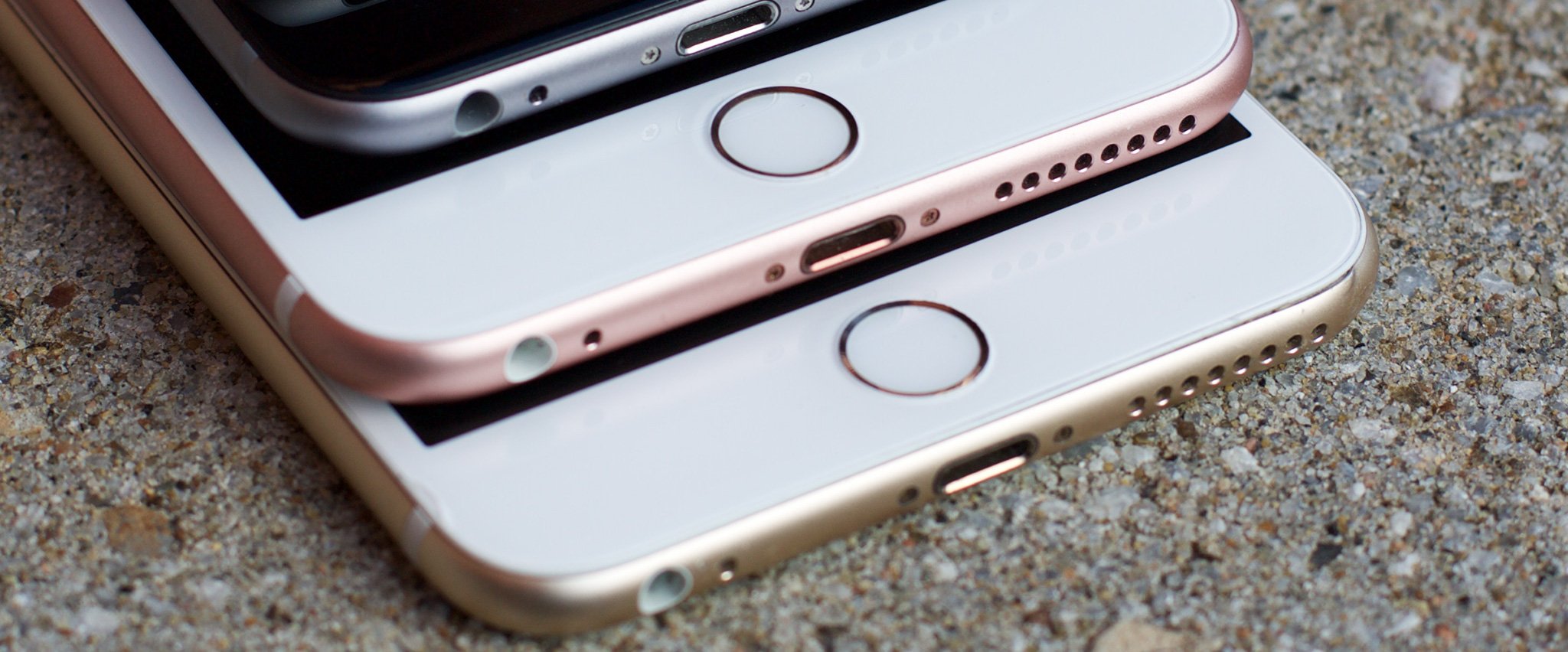
If you think that situation is way too specific, let me give you another one. You're sitting on your couch watching Netflix, cuddling with your cat, and drinking a beer, when you suddenly want to open up your phone. With Touch ID, you'd simply have to lay your finger on it and without even moving the phone you could quickly do what you wanted to do. With Face ID, you'd have to pick up the phone, look at it, and then swipe up on the screen to get to your Home screen.
Of course, you could always turn off the Attention Required feature, which would help mitigate this problem, but Attention Required is an added safety feature that ensures someone doesn't unlock your iPhone when you're not looking directly at it. I'd rather be extra safe then have a little more convenience.
There's a reason Touch ID has been around so long. It's because it works amazingly well, and it's as secure as you want it to be while still being useful in a plethora of different situations.
I agree with iMore's close friend Mr. Mobile on the subject of Face ID:
"Now Apple's technology is more advanced than anything we've seen before, but even when it works perfectly, this tech is still usually less convenient than laying a finger on a Home button."
As if losing Touch ID wasn't enough, moving to the iPhone X would mean losing the Home button too. Double tapping to enable reachability on the iPhone 8 Plus, double-clicking to activate the app switcher or even triple-clicking to access the accessibility shortcut is all gone; in its place are brand new gestures. It's not that gestures are bad overall, but picking up the iPhone X will feel like picking up a brand new phone, which means there is a learning curve we haven't seen on a new iPhone in a long time. You'll have to re-learn how to do basic things, and that just seems tedious and unnecessary. I hate to be the boy who called Android, but virtual home buttons have worked well on plenty of phones and I don't like Apple's decision to go with gestures.
In the end, it's not about how fast Face ID works; it's about how convenient Touch ID and the Home button is that makes me comfortable in my decision to stick with my iPhone 8 Plus.
Money money money
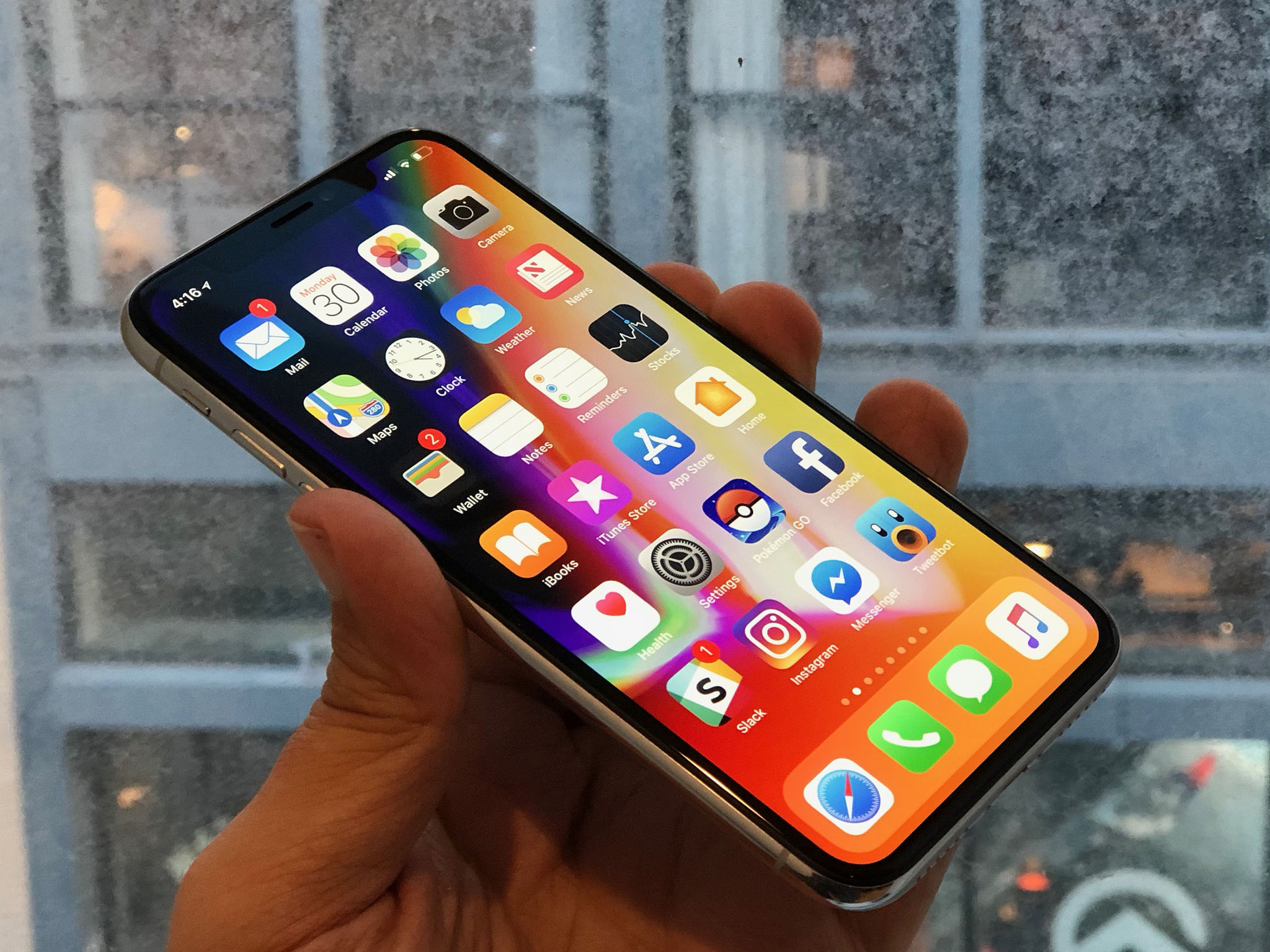
I don't care how advanced the iPhone X is; $999 is a lot of money for the average person. When it came down to it, it was really hard to justify spending that much money on a phone ... any phone.
Yes, the almost bezel-less OLED display looks very bright, rich, and stylish, and I would be lying if I said I wasn't a little jealous, but it's just a look that isn't going to affect how I use my iPhone day to day. I'm more than happy to keep the extra $200 in my pocket and miss out on some luxuries that the iPhone 8 Plus doesn't offer.
What do you think?
Whether you think I'm off my rocker or you are also happy with your iPhone 8 or iPhone 8 Plus, I want to hear from you! Leave a comment down below!
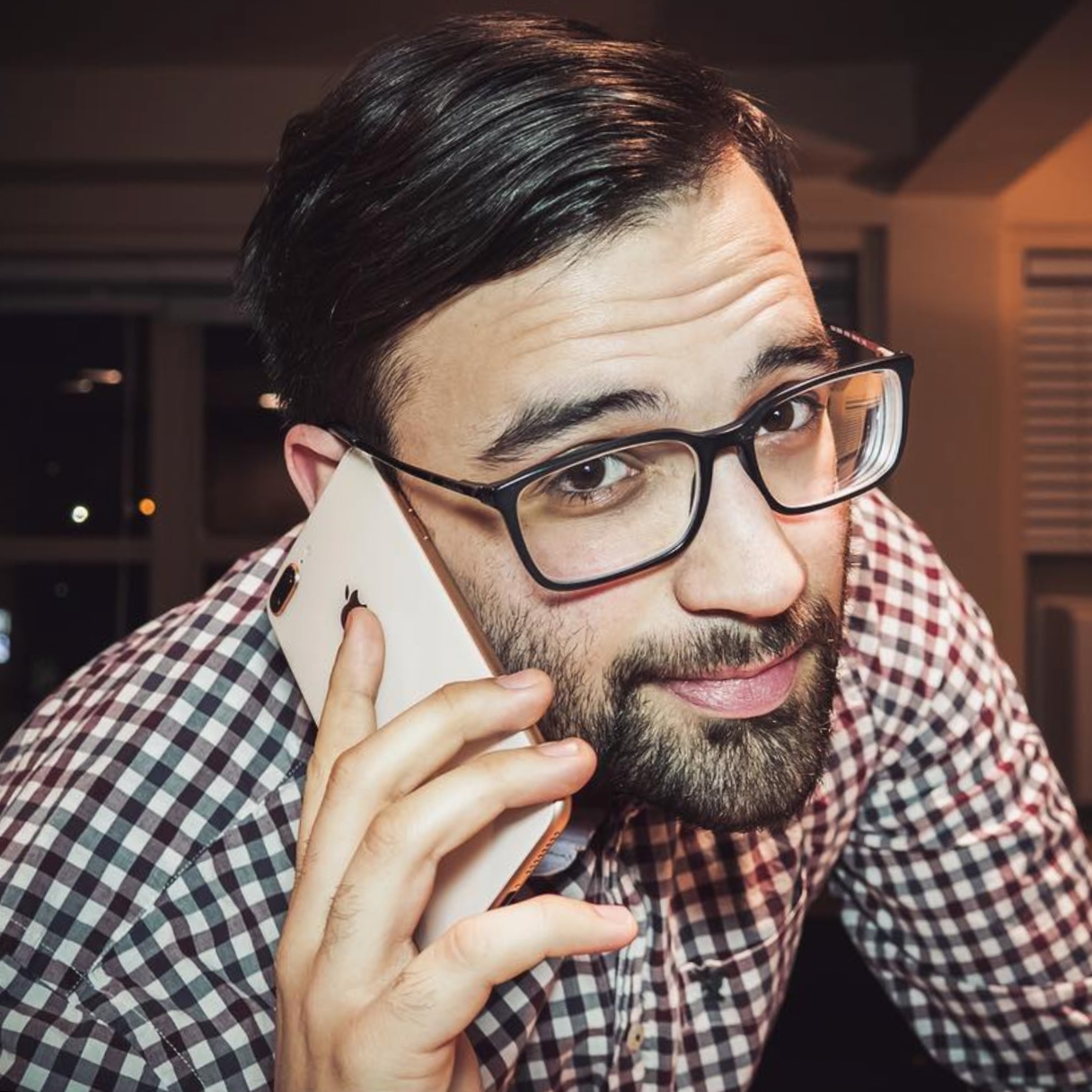
Luke Filipowicz has been a writer at iMore, covering Apple for nearly a decade now. He writes a lot about Apple Watch and iPad but covers the iPhone and Mac as well. He often describes himself as an "Apple user on a budget" and firmly believes that great technology can be affordable if you know where to look. Luke also heads up the iMore Show — a weekly podcast focusing on Apple news, rumors, and products but likes to have some fun along the way.
Luke knows he spends more time on Twitter than he probably should, so feel free to follow him or give him a shout on social media @LukeFilipowicz.

